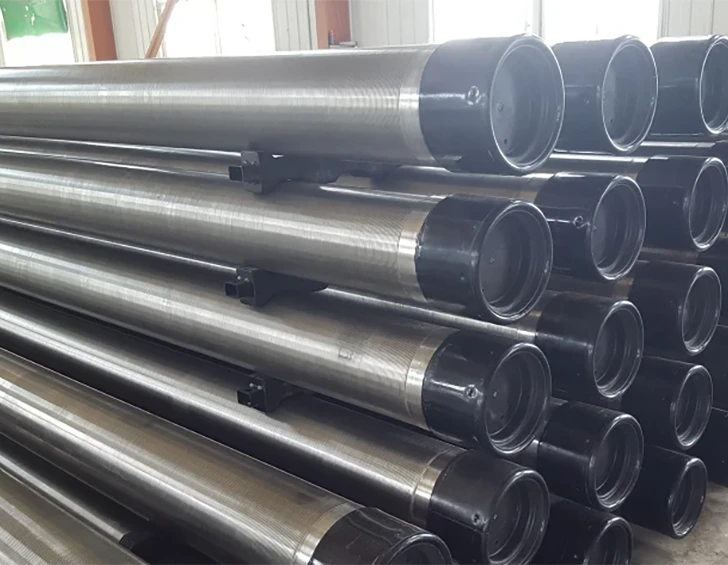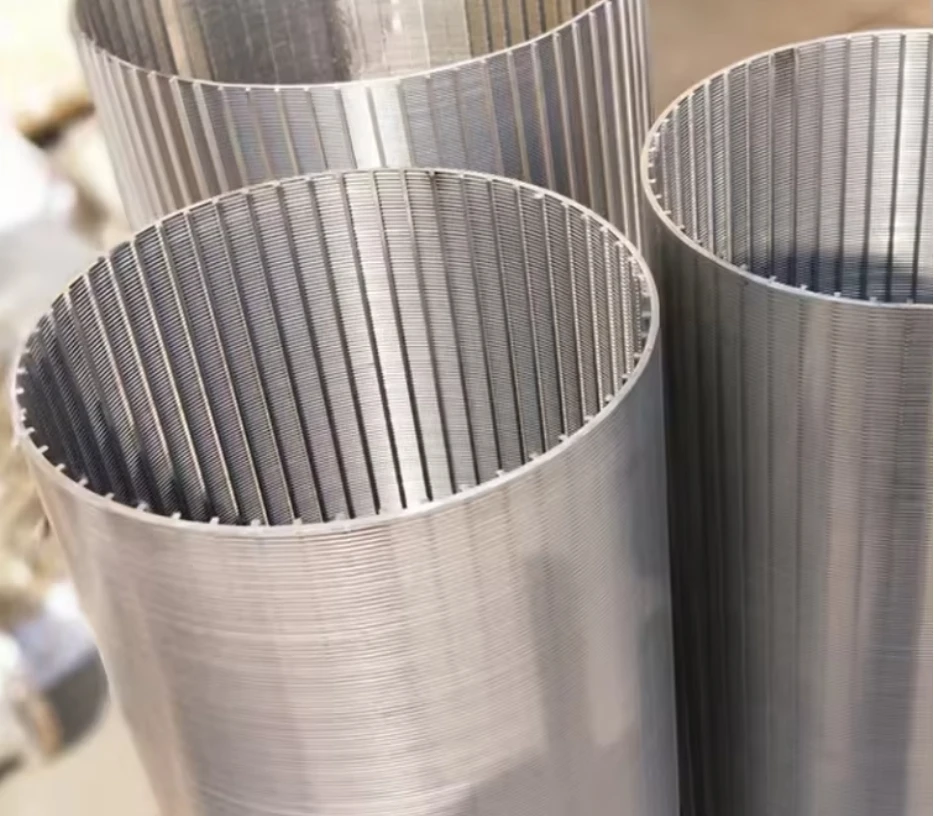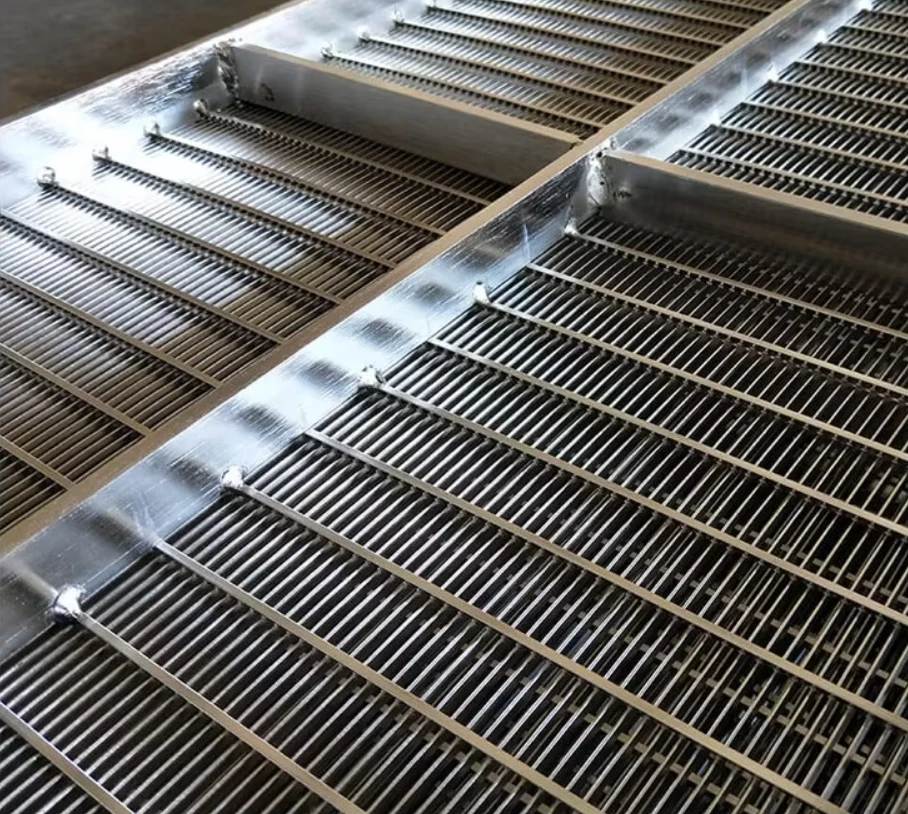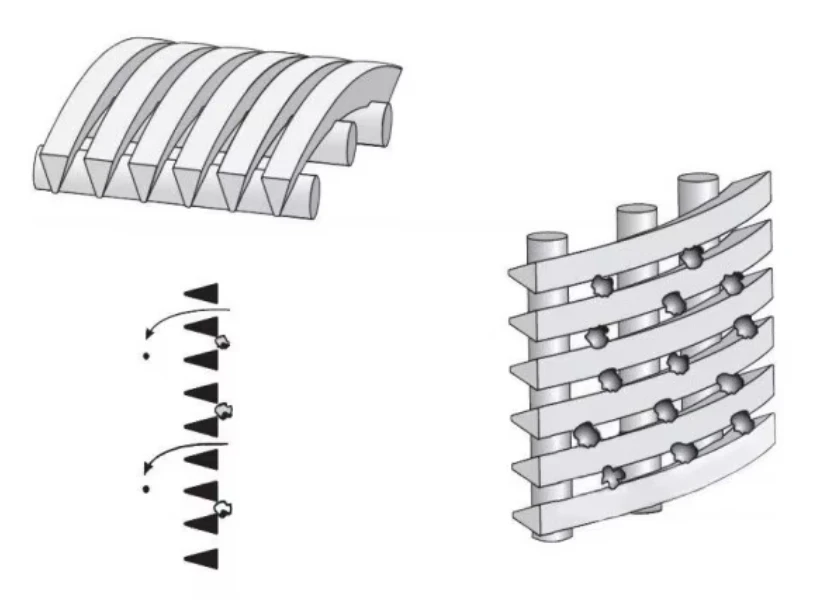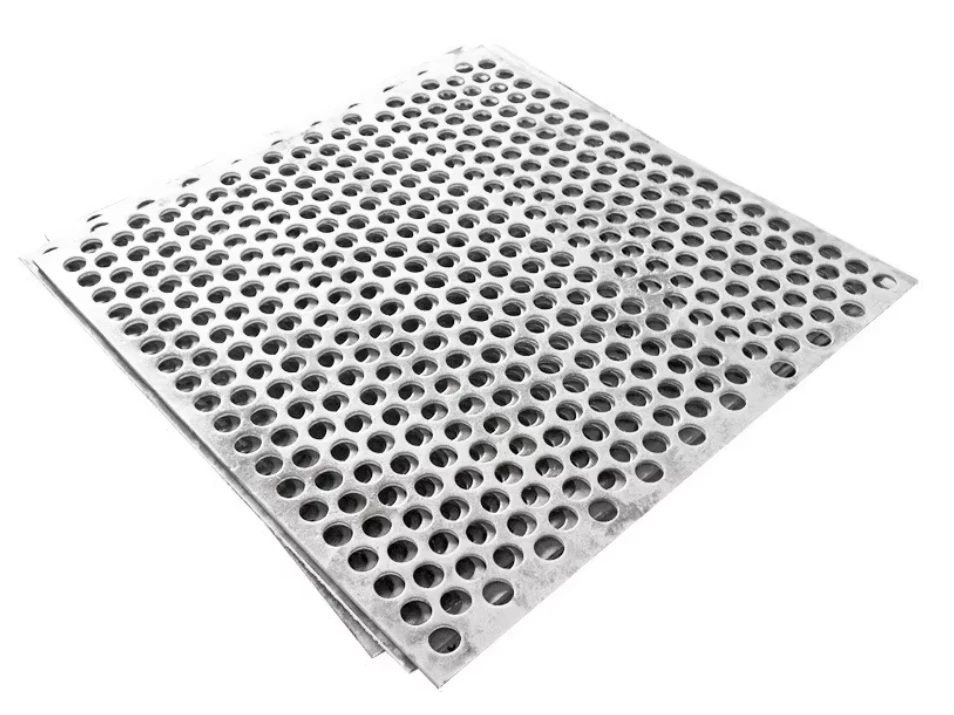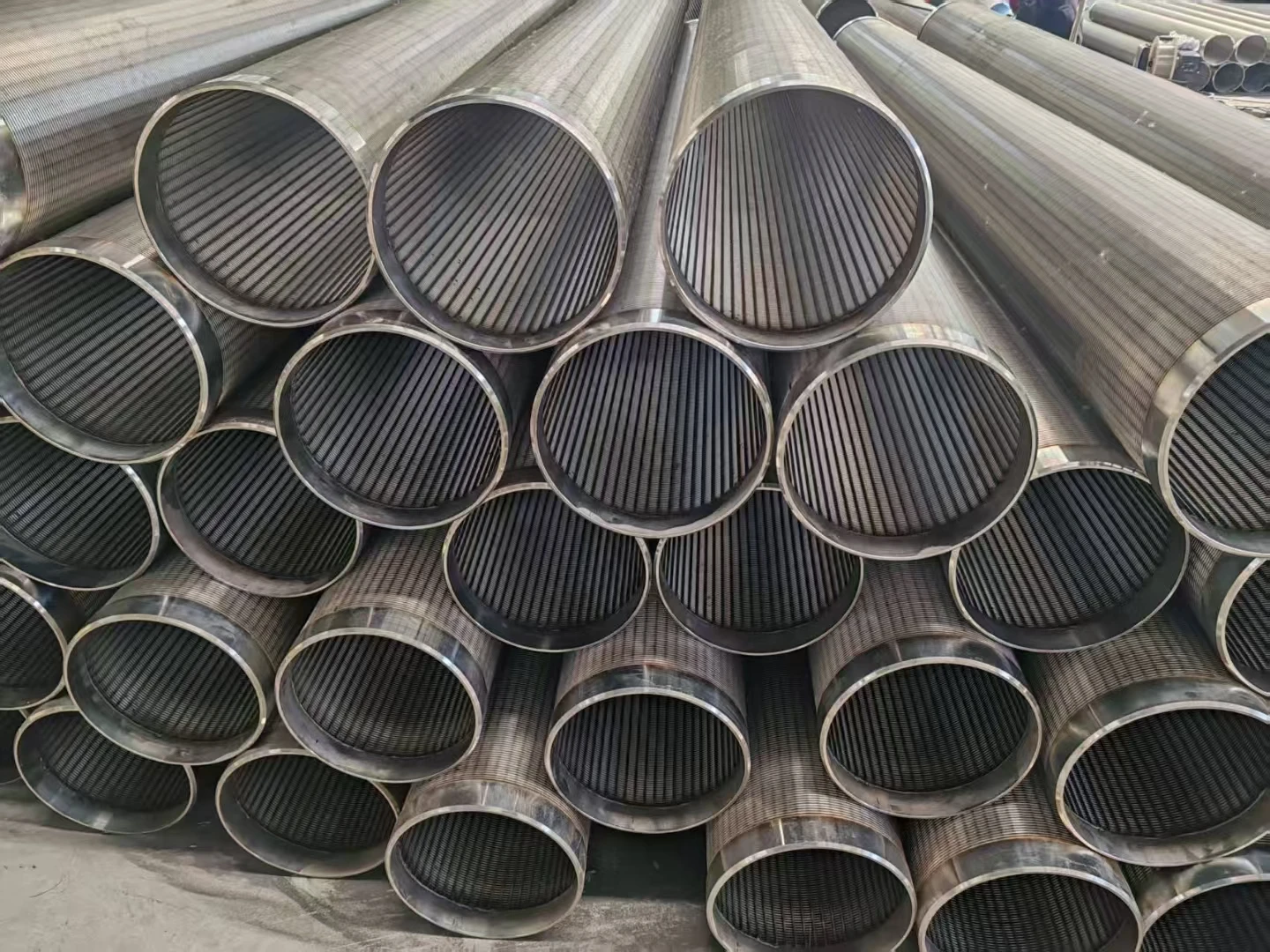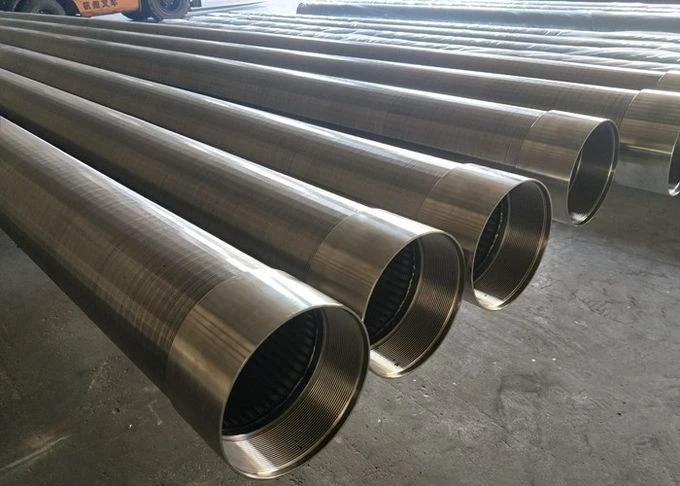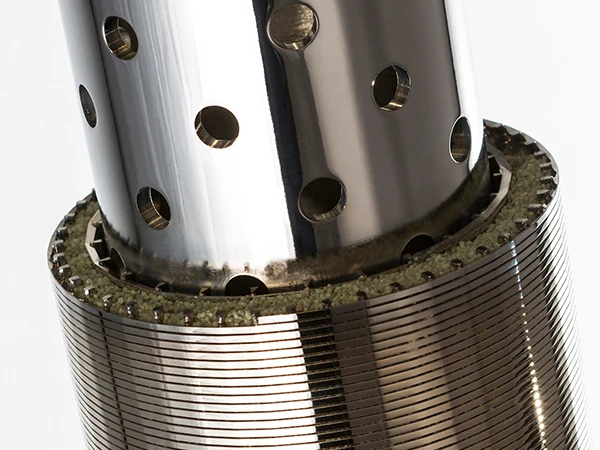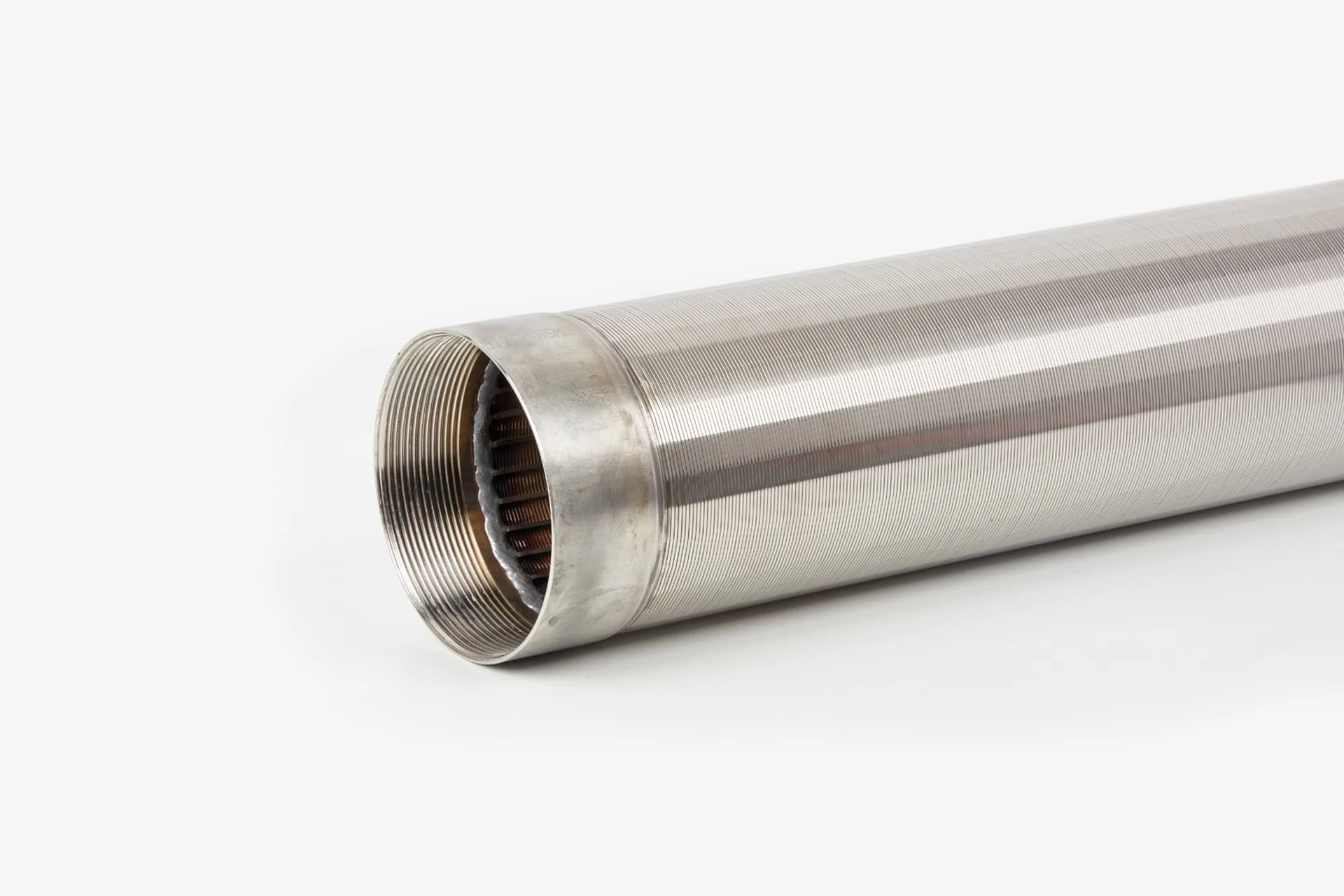Aquaculture, the farming of aquatic organisms, has become a cornerstone of global food security. As demand for fish and seafood grows, maintaining pristine water quality in fish farms and hatcheries is non-negotiable. Enter the Vee Wire Screen, a filtration marvel engineered to address the unique challenges of aquaculture systems. With over 40 countries across Asia, Europe, Africa, the Americas, and Oceania relying on our solutions, we’ve established ourselves as a global leader in delivering wedge wire mesh technologies tailored for diverse industrial needs. This article explores how Vee Wire Screens are transforming aquaculture by ensuring clean water, optimizing productivity, and safeguarding aquatic life.
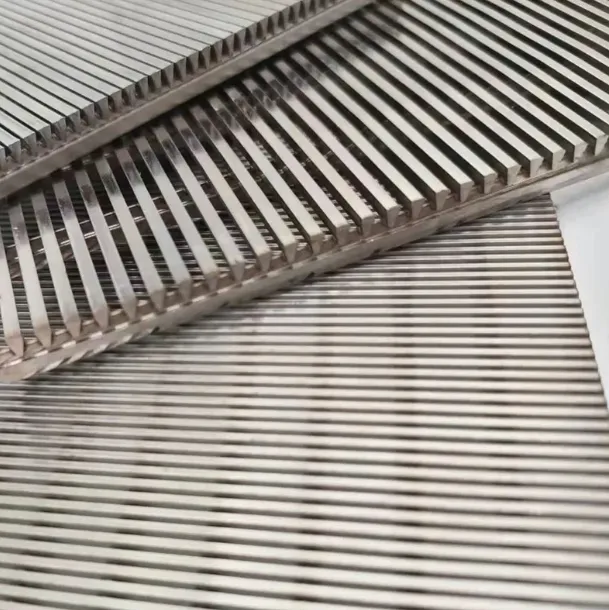
Wedge Wire Mesh: The Backbone of Efficient Water Filtration
At the heart of any effective aquaculture filtration system lies wedge wire mesh, a precision-engineered material designed to separate solids from liquids with unmatched efficiency. Unlike traditional screens, wedge wire mesh features V-shaped wires welded onto support rods, creating uniform slots that prevent clogging while allowing water to flow freely. This design is critical for fish farming, where organic waste, uneaten feed, and algae can rapidly degrade water quality.
In hatcheries, where juvenile fish are highly sensitive to environmental changes, wedge wire mesh acts as a first line of defense. By filtering out particulate matter as small as 20 microns, it ensures that dissolved oxygen levels remain stable and harmful ammonia concentrations are minimized. For large-scale farms, the scalability of wedge wire screen panels allows seamless integration into recirculating aquaculture systems (RAS), reducing water exchange rates and conserving resources.
Our global clients, from shrimp farms in Southeast Asia to salmon hatcheries in Scandinavia, consistently report improved survival rates and growth metrics after adopting wedge wire mesh systems. The durability of stainless steel or corrosion-resistant alloys further ensures longevity, even in saltwater environments.
Wedge Wire Screen Panel: Custom Solutions for Diverse Aquaculture Needs
No two aquaculture operations are identical, which is why flexibility in design is paramount. The wedge wire screen panel exemplifies this adaptability, offering customizable slot sizes, shapes, and materials to suit specific requirements. For instance, tilapia farms in tropical regions often prioritize screens with wider slots to handle high organic loads, while trout hatcheries in colder climates opt for finer filtration to protect delicate gills.
A key advantage of wedge wire screen panels is their modularity. Farmers can easily replace or reconfigure panels as their systems evolve, avoiding costly overhauls. In cage-based aquaculture, these panels are deployed as barriers to prevent fish escapes while allowing natural water exchange. Similarly, in land-based tanks, they serve as intake screens that block debris without impeding flow rates.
Our expertise in crafting wedge wire screen panels has made us a trusted partner for projects ranging from small family-run hatcheries to industrial-scale farms. By collaborating closely with clients, we ensure that every panel aligns with local water conditions, species requirements, and operational goals.
Wedge Wire Screen Sizes: Tailoring Filtration to Your System’s Demands
Selecting the right wedge wire screen sizes is a balancing act between filtration efficiency and hydraulic capacity. Screens with overly narrow slots may trap excessive debris, leading to frequent maintenance, while overly large slots risk allowing harmful particles to bypass the system.
For example, in prawn farming, where larvae are vulnerable to bacterial blooms, screens with 50-micron slots are ideal for removing pathogens without straining pumps. In contrast, oyster nurseries benefit from coarser wedge wire screen sizes (e.g., 2–3 mm) to filter out silt while permitting plankton-rich water to nourish growing shellfish.
Our engineers leverage decades of experience to recommend optimal wedge wire screen sizes based on flow rates, particle load, and species biology. This precision ensures that aquaculture systems operate at peak efficiency, reducing energy costs and enhancing sustainability.
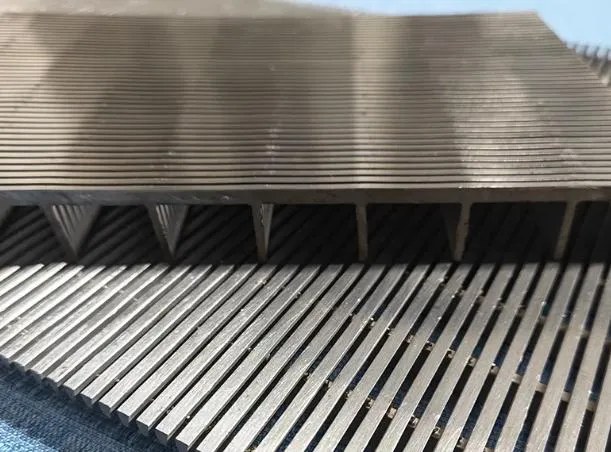
V Wire Screen: Enhancing Durability and Longevity in Harsh Environments
Aquaculture environments are notoriously harsh, with constant exposure to moisture, salinity, and biological fouling. The V Wire Screen rises to these challenges through its robust construction. The V-shaped profile of the wires not only improves structural integrity but also creates a self-cleaning effect, as flowing water naturally scours trapped particles from the surface.
In marine aquaculture, where corrosion is a constant threat, V Wire Screens fabricated from duplex stainless steel or titanium offer unparalleled resistance to rust and degradation. This durability translates to lower replacement costs and fewer system downtimes. For brackish water systems, epoxy-coated variants provide an additional layer of protection against chemical wear.
Clients in regions with extreme weather, such as typhoon-prone coastal areas, particularly value the V Wire Screen’s ability to withstand mechanical stress. Its welded construction ensures that even under high turbulence, the screen remains intact, safeguarding both infrastructure and aquatic stock.
Vee Wire Screen for Aquaculture Systems FAQs
How does wedge wire mesh improve water quality in small-scale fish farms?
Wedge wire mesh acts as a physical barrier to organic waste and suspended solids, preventing them from accumulating in tanks. By maintaining cleaner water, it reduces the risk of disease outbreaks and supports healthier fish growth.
Can wedge wire screen panels be customized for irregularly shaped tanks?
Yes! Our wedge wire screen panels are designed to fit any tank geometry, whether circular, rectangular, or custom-built. We work with clients to create panels that align perfectly with their unique setups.
What factors should I consider when choosing wedge wire screen sizes for my hatchery?
Focus on the size of particles you need to filter, your system’s flow rate, and the species’ sensitivity to water quality. Our team can guide you through selecting the ideal wedge wire screen sizes for your needs.
How does V Wire Screen withstand corrosion in saltwater aquaculture systems?
The V Wire Screen is crafted from corrosion-resistant materials like stainless steel or titanium, which are inherently durable in saline environments. Regular rinsing further extends their lifespan.
Are wedge wire screen panels easy to clean and maintain over time?
Absolutely. The smooth surface of wedge wire screen panels allows for easy cleaning with water jets or brushes, minimizing downtime and labor costs.
For over a decade, we’ve supplied Vee Wire Screens to aquaculture pioneers worldwide. Whether you’re scaling operations or optimizing an existing setup, our solutions deliver reliability, efficiency, and sustainability. Visit our website to explore our range of wedge wire mesh products and connect with our experts for a tailored consultation. Join the global movement toward cleaner, smarter aquaculture—choose quality, choose innovation.

